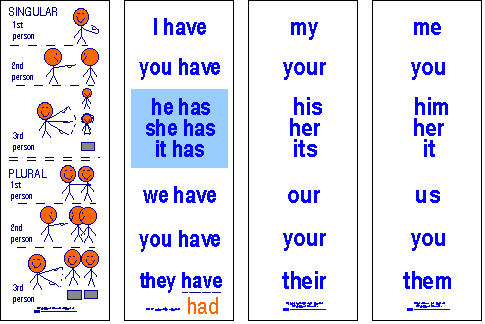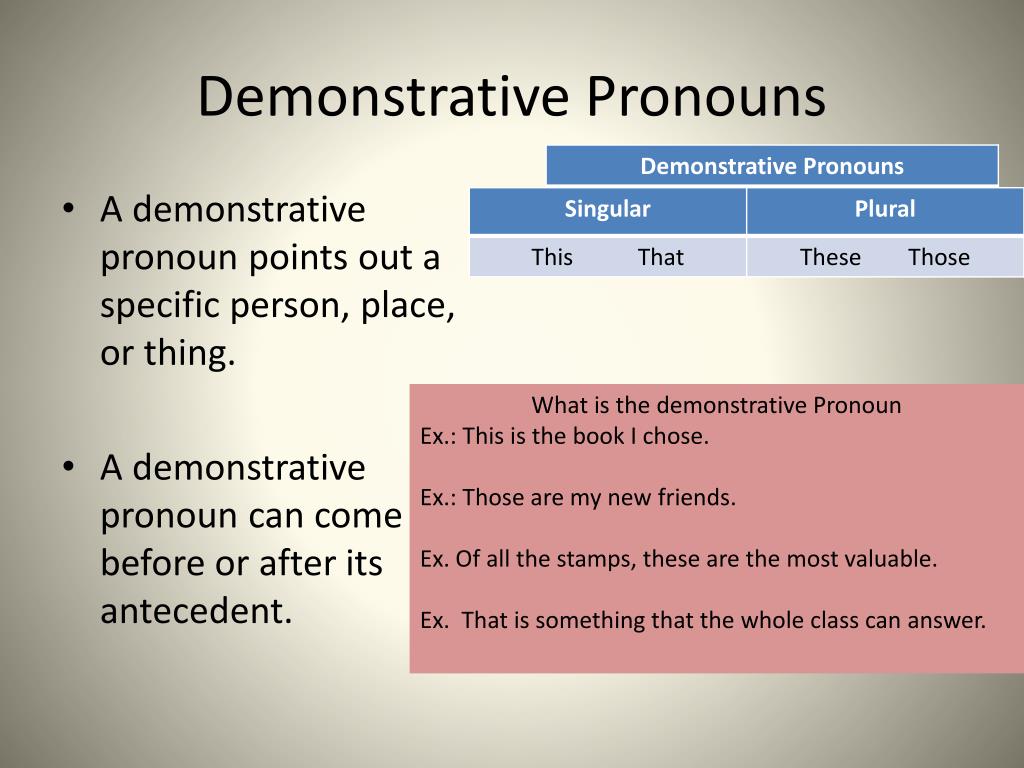
Imagine how that sentence would read if it kept repeating Barbara and Barbara’s. Eventually, Barbara decided to take matters into her (Barbara’s) own hands and she (Barbara) demanded that they (Barbara’s friends) stop talking. She (Barbara) was very hungry, but her (Barbara’s) friends would not stop chatting. Once Barbara has been mentioned, we would use the pronouns sheand her later in the writing in order to stop repeating the proper noun Barbara and possessive proper noun Barbara’s.īarbara went to the restaurant for dinner with her (Barbara’s) friends.

Your reader would be confused and wonder who she is and what does she drink, wine, water, lemonade? In the example above Barbara drinks a cup of coffee every afternoon, if we had never mentioned Barbara or what she drinks, it would be unclear if we said, She drinks it every afternoon. For example, if we use the pronoun she in a sentence, we will only be able to understand it if we know who she is, thus an antecedent, perhaps giving the person’s name, is usually supplied first. This basically means that a pronoun can only really be understood in the context of prior information about the noun.

In nearly all cases, a pronoun must follow an expression called an antecedent. Almost anytime you refer to a person, animal, place or thing, you can use pronouns to add interest and make your speech or writing flow better.


 0 kommentar(er)
0 kommentar(er)
